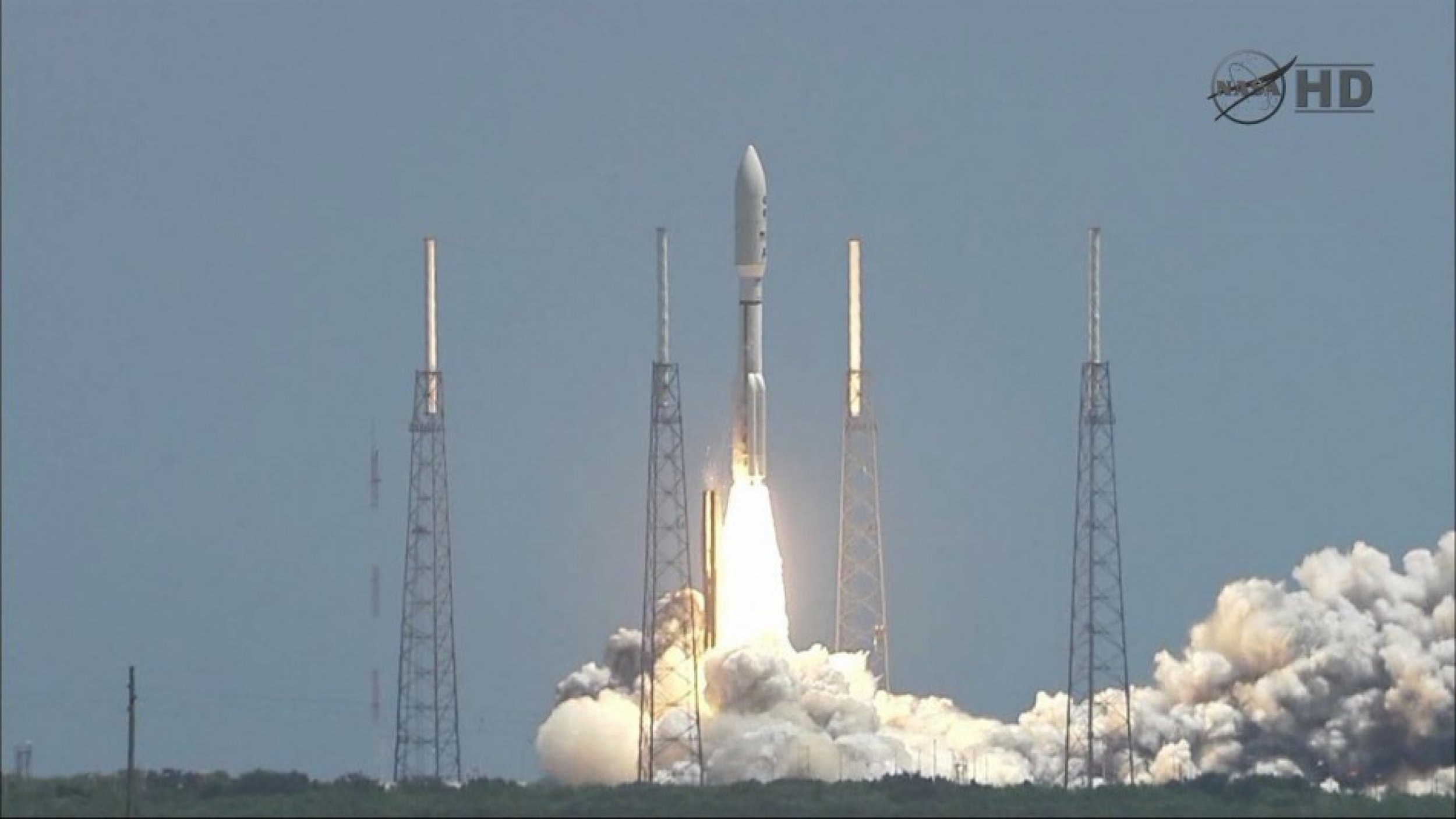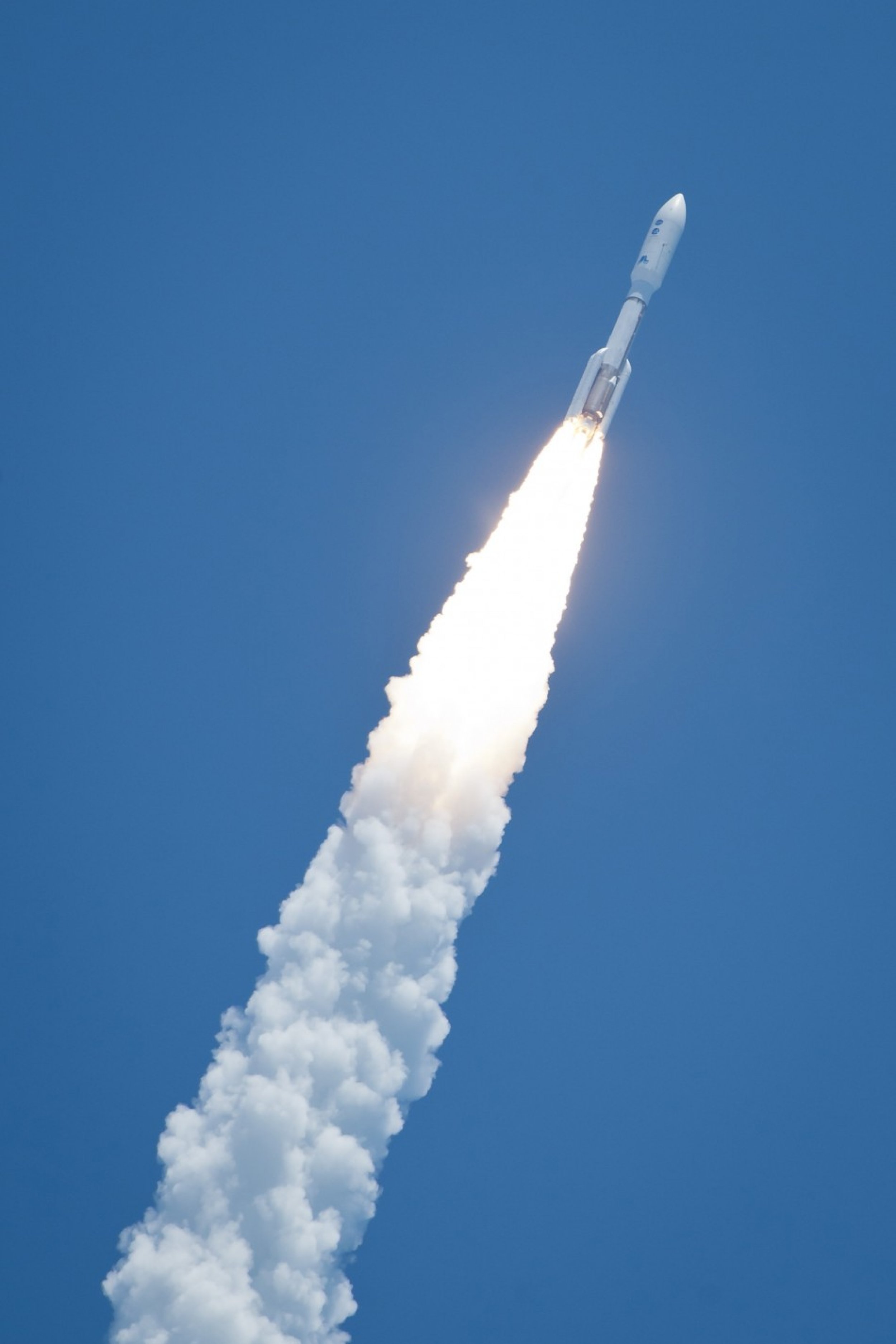NASA Launches Solar-Powered Juno to Jupiter [PHOTOS]
NASA launched spacecraft Juno for its Jupiter mission at 12:25 p.m. ET on Friday.
It's expected to travel five years (1,740 million miles) to Jupiter and remain there for one year for studies. The spacecraft plans to orbit around Jupiter's poles 33 times and examine it with its collection of eight science instruments.
NASA is interested in Jupiter because it's the "the archetype of giant gas planets" and can "help scientists understand the origin of our solar system."
Jupiter has four large moons and many smaller moons, so it forms its "own miniature solar system." The planet's composition actually resembles a star (like the sun) and could have become a one if it were 80 times more massive.
"Jupiter is the Rosetta Stone of our solar system," said Scott Bolton, Juno's principal investigator from the Southwest Research Institute in San Antonio.
"It is by far the oldest planet, contains more material than all the other planets, asteroids and comets combined, and carries deep inside it the story of not only the solar system but of us. Juno is going there as our emissary - to interpret what Jupiter has to say," said Bolton.
Spacecraft Juno will use solar panels to power itself. It has three arrays of panels - two with 4 panels each and one with 3 panels - that cover a total area of 60 square meters.


© Copyright IBTimes 2024. All rights reserved.





















